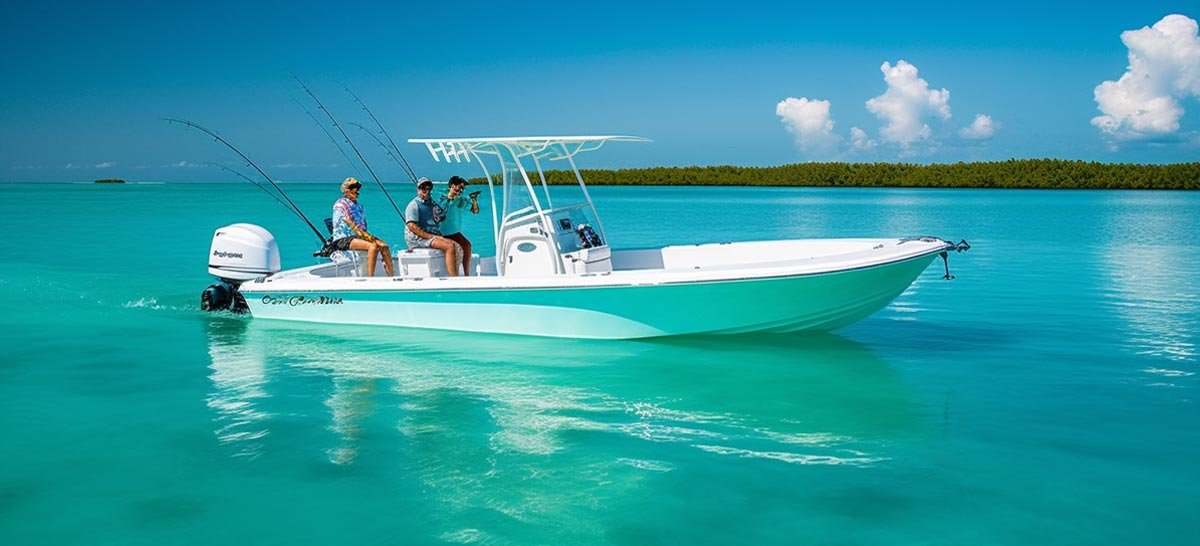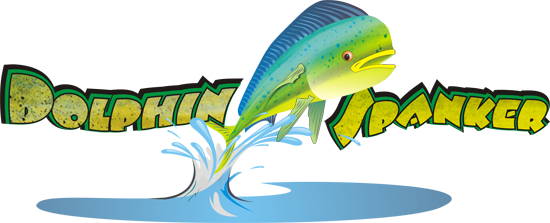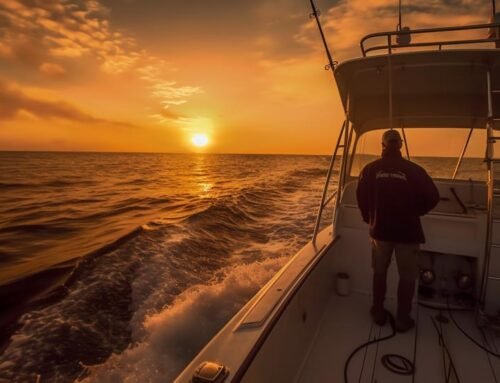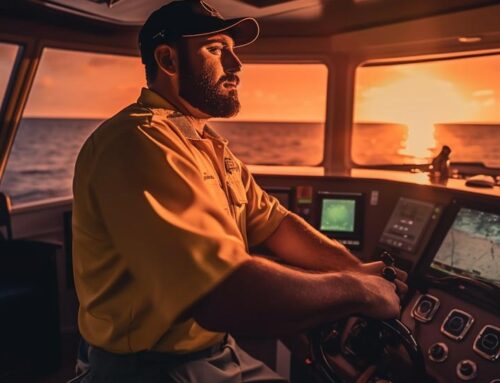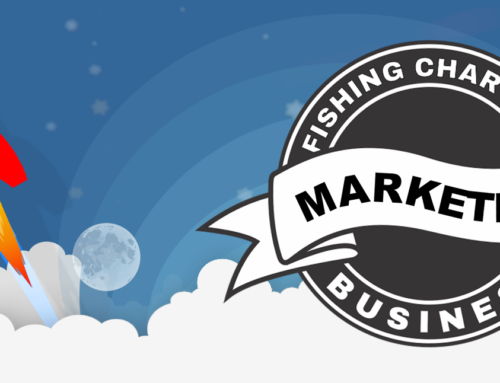Introduction
In this complete guide, we’ll walk through the steps of launching a successful fishing charter and outdoor guide business, from understanding your market and creating a business plan to marketing your services effectively. Whether you’re an experienced fisherman with a passion for the great outdoors or a business-savvy entrepreneur looking for your next venture, this guide will offer insights and strategies to help you navigate this unique industry.
Starting a fishing charter and outdoor guide business involves careful planning and decision-making, not to mention a deep understanding of the industry. We’ll cover the basics of setting up your business, including business planning, licensing and permits, insurance, and buying or leasing the necessary equipment. Then, we’ll delve into the details of marketing your business, including identifying your target audience, leveraging digital marketing strategies, and building a strong brand.
By the end of this article, you’ll have a clear understanding of the steps involved in setting up a fishing charter and outdoor guide business and marketing it effectively to your target audience. The insights and strategies discussed here are based on industry best practices, statistics, research, and expert opinions.
Table of Contents
- Understanding the Fishing Charter and Outdoor Guide Industry
- Creating Your Business Plan
- Licensing, Permits, and Insurance
- Acquiring Equipment
- Marketing Your Business
- Building Your Brand
- Final Thoughts
Understanding the Fishing Charter and Outdoor Guide Industry: A Detailed Guide
To successfully operate in the fishing charter and outdoor guide industry, you must understand its dynamics, trends, and key players. This industry is driven by a combination of factors such as environmental sustainability, tourism trends, and customer preferences.
Environmental Sustainability
Environmental sustainability plays a significant role in the industry. As an outdoor guide, you will need to adopt sustainable practices that conserve the environment and preserve the natural resources upon which your business depends. This could include catch and release fishing practices, responsible waste management, and education of your clients on conservation practices.
Tourism Trends
Understanding tourism trends is also crucial. These trends can affect the demand for fishing and outdoor guide services. For instance, during the COVID-19 pandemic, many people turned to outdoor activities as a safe leisure option, leading to a surge in demand for these services.
Moreover, the rise of experiential tourism, where tourists seek authentic and unique experiences, has also positively influenced this industry. People are more interested in activities that allow them to connect with nature, learn new skills, and have unique experiences. Therefore, providing a unique, high-quality service can give you a competitive edge.
Customer Preferences
Understanding customer preferences is key to tailoring your services to meet their needs. Some customers may prioritize the quality of the fishing experience, while others might be more interested in the comfort and amenities offered during the trip. Carrying out market research can help you understand your customers’ needs and preferences, allowing you to tailor your services accordingly.
Competitive Analysis
A thorough competitive analysis is also essential. This involves identifying your main competitors, analyzing their services, pricing, marketing strategies, and customer reviews. This information can provide valuable insights that can help you differentiate your services and find a unique selling proposition.
Regulation and Legislation
Finally, staying abreast of regulations and legislation affecting the industry is crucial. This includes fishing laws and regulations, environmental laws, and safety regulations. Non-compliance can result in fines and penalties, and could damage your reputation.
Creating Your Business Plan: Further Insight
Creating a business plan requires a thoughtful approach to ensure all key aspects are covered. Here’s a step-by-step guide:
Executive Summary
An executive summary is a brief overview of your business that summarizes your business plan. It should include:
- A description of your company and its mission
- Information about the services you plan to offer
- Your unique selling proposition
- Your target market
- Your business goals
This section should be concise and compelling, as it might be the only part some readers look at.
Company Description
This section provides more detailed information about your business. It should cover:
- The legal structure of your business (sole proprietorship, LLC, corporation, etc.)
- The location of your business
- The nature of your business and the market needs it fulfills
- The competitive advantages that will make your business a success
Market Analysis
Your market analysis should demonstrate your knowledge of the fishing charter and outdoor guide industry. It should include:
- An overview of the industry
- Information about your target market, including demographic and psychographic profiles
- An analysis of your competitors, including their strengths and weaknesses
Organization and Management
In this section, describe how your business will be organized and managed. Include:
- Your business structure
- Information about the ownership of your business
- A description of your management team and their roles
- An organizational chart, if necessary
Services
Provide a detailed description of your services. Include:
- An explanation of your services and what sets them apart from competitors
- Pricing structure for your services
- How you plan to deliver your services
- Any plans for future services
Marketing and Sales Strategy
Outline your strategy for attracting and retaining customers. This could include:
- An overview of your marketing and sales strategy
- Your approach to customer relationship management
- The sales process from initial contact to closing
Financial Projections
This section is particularly important if you’re seeking funding. Include:
- An income statement, balance sheet, and cash flow statement for the next three to five years
- Break-even analysis
- Financial assumptions and forecasted expenses
Funding Request
If you’re seeking funding, detail your funding request in this section. Include:
- How much funding you’re seeking
- How you plan to use the funds
- How you plan to repay any loans
Appendix
An appendix can include any additional supporting documents like legal documents, contracts, permits, or resumes of key employees.
Remember, a business plan is not a static document. As your business grows, your business plan should be updated to reflect your current situation and future goals.
Licensing, Permits, and Insurance: A Closer Look
Launching a fishing charter and outdoor guide business requires fulfilling several legal and regulatory requirements. This section offers a more detailed look into the licenses, permits, and insurance needed.
Licensing
The specific licenses you need can vary depending on your location and the nature of your operations. Here are some common licenses you may need:
- Business License: Most jurisdictions require businesses to obtain a business license to operate legally. This license gives you the right to conduct business in the city or county where your business is located.
- Fishing Guide License: Many states require fishing guides to obtain a special license. The requirements to get this license vary by state but often include passing a test and paying a fee.
- Boat Operation License: If you’re operating a boat as part of your services, you may need a license or certification to do so. Check with your local marine or transportation authorities for specifics.
Permits
Depending on the nature of your operations and the location, you may also need to secure specific permits:
- Fishing Permits: If you plan to fish in certain areas, you may need a fishing permit. These are typically issued by state or local wildlife or fisheries departments.
- Wilderness Permits: If your services include guided tours in wilderness areas, you might need a permit from the relevant authorities. National parks, for instance, often require commercial use authorizations.
Insurance
Insurance is crucial for protecting your business and your clients. Here are some types of insurance you might need:
- Liability Insurance: This covers any injuries or damages that may occur during your trips. Given the nature of outdoor activities, this is crucial for your business.
- Property Insurance: If you have a physical location or expensive equipment, property insurance can protect against loss or damage.
- Commercial Vehicle Insurance: If you’re using vehicles (including boats) for business purposes, commercial vehicle insurance can cover any damages or injuries that might occur.
- Workers’ Compensation Insurance: If you have employees, most states require workers’ compensation insurance, which covers any injury or illness your employees may suffer while working.
Remember, the specific requirements may vary depending on your location and the nature of your business. Therefore, it’s essential to consult with a legal advisor or your local business licensing office to ensure you have all necessary licenses, permits, and insurance.

Acquiring Equipment: A Deep Look
Investing in high-quality equipment is key to providing excellent service and ensuring the safety and satisfaction of your clients. The type of equipment you need will depend on the services you offer, but here are some common types of equipment required for a fishing charter and outdoor guide business.
Fishing Equipment
If you’re providing fishing guide services, you’ll need a variety of fishing equipment. This might include:
- Fishing Rods and Reels: You’ll need various types and sizes, suitable for different types of fishing (e.g., fly fishing, deep-sea fishing).
- Bait and Tackle: This includes hooks, lines, sinkers, floats, rods, reels, baits, lures, spears, nets, gaffs, traps, waders, and tackle boxes.
- Fish Finders: These devices use sonar to locate fish, enhancing the fishing experience for your clients.
- Coolers: For storing caught fish and keeping them fresh.
Boating Equipment
If your services involve boating, you’ll need:
- Boat: The type will depend on your services (e.g., freshwater fishing, deep-sea fishing). It should be reliable, well-maintained, and suitable for the number of clients you plan to accommodate.
- Safety Equipment: This includes life jackets, fire extinguishers, first aid kits, flares, and any other safety equipment required by your local marine authorities.
- Navigation Equipment: Depending on your operations, this might include GPS, compass, maps, and marine VHF radio.
Camping and Hiking Equipment
If you’re offering outdoor guide services, you might need:
- Camping Gear: Tents, sleeping bags, cooking equipment, and other camping supplies.
- Hiking Equipment: Backpacks, hiking boots, walking sticks, and trail maps.
- Safety and Survival Equipment: First aid kits, multi-tools, flashlights, compasses, survival blankets, and bear spray, among other items.
When acquiring equipment, consider factors like quality, cost, maintenance requirements, warranties, and the reputation of the manufacturer. Leasing equipment is another option that might make sense for some businesses, especially for high-cost items like boats.
Remember, your clients’ safety and enjoyment depend largely on your equipment, so it’s crucial to invest in quality and maintain your equipment in top condition.
Marketing Your Business: An In-Depth Look
Effectively marketing your fishing charter and outdoor guide business is crucial for attracting and retaining customers. Here’s a more detailed look at some key marketing strategies:
Establish a Strong Online Presence
Your business needs to be where your customers are, and today, that’s online. A strong online presence can help you reach a larger audience and establish credibility. Here’s how to achieve it:
- Website: Your website is often the first point of contact with potential customers. It should be professionally designed, easy to navigate, and contain essential information about your services, prices, and contact information. Consider integrating an online booking system to make it easy for customers to reserve your services.
- Social Media: Platforms like Facebook, Instagram, and Twitter allow you to connect with customers, share photos and videos, and promote your services. Regularly post engaging content to keep your audience interested and engaged.
- SEO: Search Engine Optimization (SEO) is crucial for improving your website’s visibility on search engines like Google. This involves optimizing your website’s content and design to rank higher in search engine results, making it easier for potential customers to find you.
Develop a Brand Identity
Creating a strong brand identity can help you stand out from the competition and attract your target audience. This involves defining your brand’s personality, values, and visual elements (like logos and color schemes), and consistently applying them across all your marketing materials.
Leverage Local SEO
Local SEO focuses on optimizing your online presence to attract more business from relevant local searches. This involves claiming your business listing on Google My Business, using local keywords, and encouraging customers to leave reviews.
Collaborate with Local Businesses
Partnerships with local hotels, restaurants, and tourism offices can be a great way to attract customers. Consider offering special packages or discounts to customers referred by these businesses.
Utilize Content Marketing
Creating valuable content related to fishing and outdoor activities can help you attract potential customers and establish your business as an industry expert. This could involve blogging, creating videos, or hosting webinars.
Attend Trade Shows and Events
Trade shows and events can provide opportunities to network with industry professionals, meet potential customers, and showcase your services. Be sure to bring business cards and promotional materials.
Offer Exceptional Customer Service
Finally, remember that happy customers are your best marketers. By offering exceptional customer service, you can encourage positive reviews and word-of-mouth referrals.
Marketing is not a one-size-fits-all process. The strategies that work best for your business will depend on your specific audience, location, and services. It’s crucial to regularly evaluate your marketing strategies and adjust them as necessary to maximize their effectiveness.
Building Your Brand: A Comprehensive Guide
Building a strong brand is crucial for differentiating your fishing charter and outdoor guide business from your competitors and fostering customer loyalty. This process involves more than just designing a logo; it’s about defining your business’s core identity and consistently communicating it through every customer interaction. Here’s a comprehensive guide on how to build your brand:
Define Your Brand Identity
Your brand identity is the personality of your business and the promise you make to your customers. It’s what you want your customers to think of when they hear your brand name. To define your brand identity:
- Identify Your Mission: What is the purpose of your business beyond making money? What values guide your decision-making process? Your mission statement should answer these questions.
- Determine Your Unique Selling Proposition (USP): What sets your services apart from your competitors? This could be anything from unique services, superior customer service, or extensive industry experience.
- Understand Your Target Audience: Knowing your target audience is crucial for tailoring your brand identity to their preferences. What are their demographics, interests, and needs? How can your business fulfill those needs?
Create Your Brand Assets
Your brand assets are the visual elements that represent your brand. They should reflect your brand identity and be consistently used across all your marketing materials. Brand assets include:
- Logo: Your logo is a visual symbol of your brand. It should be simple, memorable, and versatile enough to work across various mediums.
- Color Palette: Colors can evoke specific emotions and perceptions. Choose colors that reflect the personality you want your brand to convey.
- Typography: Choose fonts that align with your brand’s personality. Consistency in typography enhances brand recognition.
- Imagery: The type of photos and graphics you use in your marketing materials can also convey your brand’s personality.
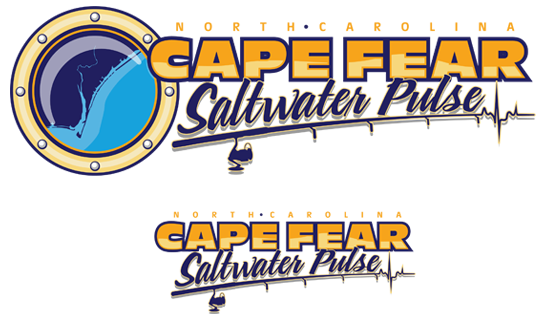
Sample of Branding Artwork
Communicate Your Brand
Consistently communicating your brand is key to building brand recognition. Here’s how to do it:
- Brand Voice: Your brand voice is the tone and style of your written communication. It could be professional, friendly, humorous, etc., depending on your brand personality and target audience.
- Website: Your website should clearly communicate your brand identity through its design, content, and user experience.
- Marketing Materials: All your marketing materials, from business cards to social media posts, should consistently reflect your brand.
- Customer Service: Every interaction a customer has with your business should reflect your brand identity. Train your employees to understand and embody your brand in their customer interactions.
Build Brand Awareness
Now that you’ve established your brand, you need to build awareness among your target audience. This could involve:
- SEO: Optimize your website for search engines to make it easier for potential customers to find you.
- Social Media Marketing: Regularly post engaging content on social media to connect with your audience and increase your visibility.
- Content Marketing: Create valuable content related to fishing and outdoor activities to attract potential customers and establish your business as an industry expert.
- Partnerships: Collaborate with related businesses to reach a larger audience.
Remember, building a brand takes time and consistency. By consistently delivering on your brand promise, you can build trust with your customers and foster long-term customer loyalty.
Final Thoughts
Starting and marketing a fishing charter and outdoor guide business involves meticulous planning and strategy. However, with a deep understanding of the industry, a well-crafted business plan, the necessary licenses and permits, quality equipment, and an effective marketing strategy, you can establish a successful business in this niche sector.
The most important takeaway from this article is that the success of your fishing charter and outdoor guide business depends largely on your understanding of your target market and your ability to provide them with an exceptional experience. Building a strong brand, providing excellent customer service, and constantly adapting to changing customer preferences and market trends will be key to your long-term success.



